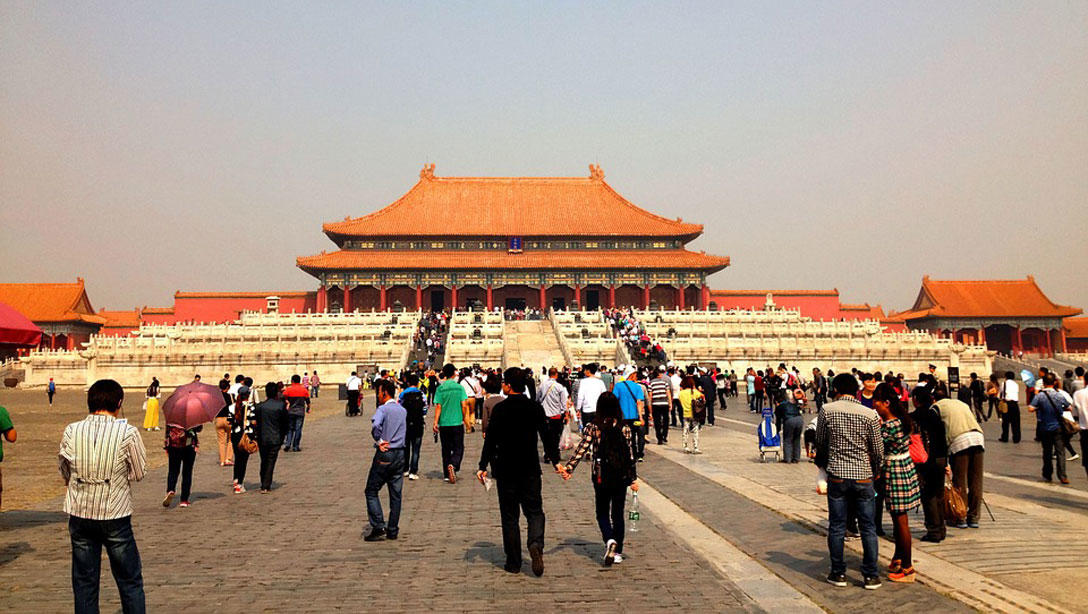
Essential Doc Reads is a weekly feature in which the IDA staff recommends recent pieces about the documentary form and its processes. Here we feature think pieces and important news items from around the Internet, and articles from the Documentary magazine archive. We hope you enjoy!
At Sundance Institute, Grace Lee shares learnings gleaned from working collaboratively with filmmaking teams on their rough cuts.
In that first session, I saw how universal the editing process is, whether you're making a film in the U.S. or in China, as a first-timer or a seasoned pro. Everyone gets stuck with an idea or a character that they can't let go of. I know I'm guilty of this. Likewise, the universal disappointment I feel following a rough-cut screening seemed to be shared by all of the filmmakers. It's hard work figuring out why something doesn't work, and even harder to admit that something you've invested a lot of time and money in may be getting in the way of your story.
Filmmaker shares its 25 new faces of independent film.
Docmakers among the Faces: Nellie Kluz; Chase Whiteside and Erick Stoll; Elan and Jonathan Bogarin; Liza Mandelup; Jonathan Olshefski; Ana Maria Vijdea; Jessica Kingdon; Sofia Subercaseaux; Ja'Tovia Gary.
At Realscreen, female filmmakers talk gender barriers in the doc industry.
Heidi Ewing, who screened the doc One of Us with co-director Rachel Grady on Sept. 10, agrees that the doc field features less obstacles for female-identifying filmmakers. But it's not because the field is inherently less sexist. "You tend to see a lot more women in documentary because production budgets are lower," she explains. "The stakes are perceived as lower. It's harder to see in feature, where budgets are bigger and the risk is higher."
At Public Books, Jerry Lembcke critiques Ken Burns and Lynn Novick as masters of false balancing.
Ground-up views are susceptible, especially after 40 years, to the very myths they are supposed to belie. Memories that are 40 years old are too influenced by movies, novels, newspapers, and television—or those dreaded historians—to count for documentation. Lawyers, judges, and courts concluded years ago that eyewitness accounts of crimes that are only hours old are unreliable—so, 40 years? Or 50? In the hands of filmmakers, however, such accounts are too easily and too often used as a veneer to manage viewer perceptions. Here Burns and Novick offer false equivalences, or "balance" in journalistic parlance. In promoting healing instead of the search for truth, The Vietnam War offers misleading comforts.
At Film Comment, Nicolas Rapold interviews Véréna Paravel and Lucien Castaing-Taylor.
"I remember, after a friend of ours saw Leviathan, he said he couldn't watch it a second time. He said, "You just retreat from the verbal at every possible [moment]—you're so scared of words. Your next film has to be a talking head interview." Well, it became a non-talking head in this film. And where Jun tries to take over, discursively, in their rivalry, he doesn't succeed, and neither does Issei Sagawa let him succeed—he puts him down at every point. He himself is very laconic, and speaks in haikus and fragments and so on."
The Guardian calls for an end to the dreaded filmmaker Q&A.
There is a disease in the heart of cinema, and that disease is the Q&A. More cinemas are putting them on than ever, partly as a response to the rise of online streaming, in order to "add value" to their offering – and audiences are lapping it up. Q&As with directors and cast sell out in minutes to people consumed with a burning impulse to ask why there are no nice characters in the movie, or what it was like to film all those hot scenes. Why? Who would willingly put themselves through this hell? When will we wake from this nightmare?
We are far enough into the "digital revolution" to know that story is still at the core of documentary films, but the way the stories are told—and the way the documentary form is being used—has seen a broad transformation. It may manifest itself in the implementation of Web-based technology and non-linear, interactive storytelling; or perhaps this change is evident in the way films like Leviathan place the viewer at the center of a rich sonic and visceral experience; or maybe this transformation has emerged out of a conscious effort to incorporate documentary film into a broader academic context. The palate is rich and as the landscape changes, so too are educational/institutional programs preparing the next generation of nonfiction media makers.
Creative Arts Emmys Winners List
read more
Academy Reveals 2017 Student Academy Award Winners
read more
Justin Lin To Direct Adaptation of Doc 'Abacus: Small Enough To Jail'
read more